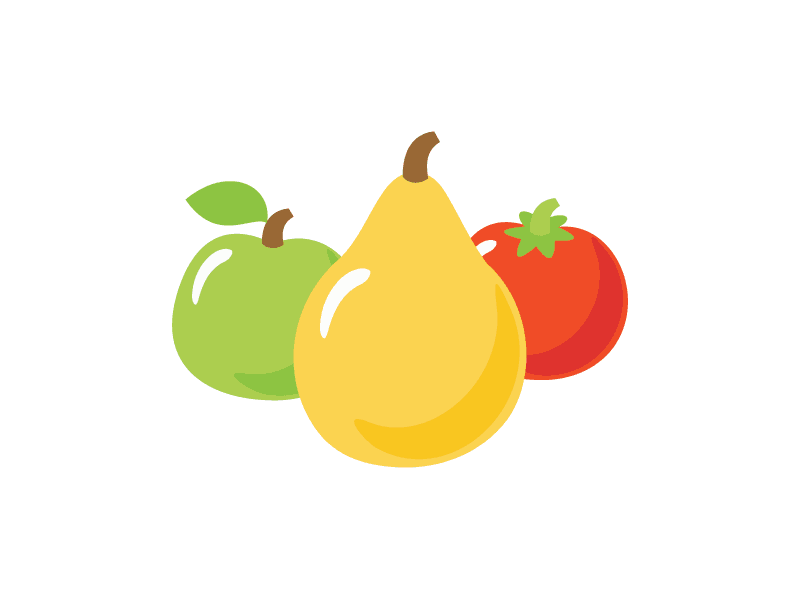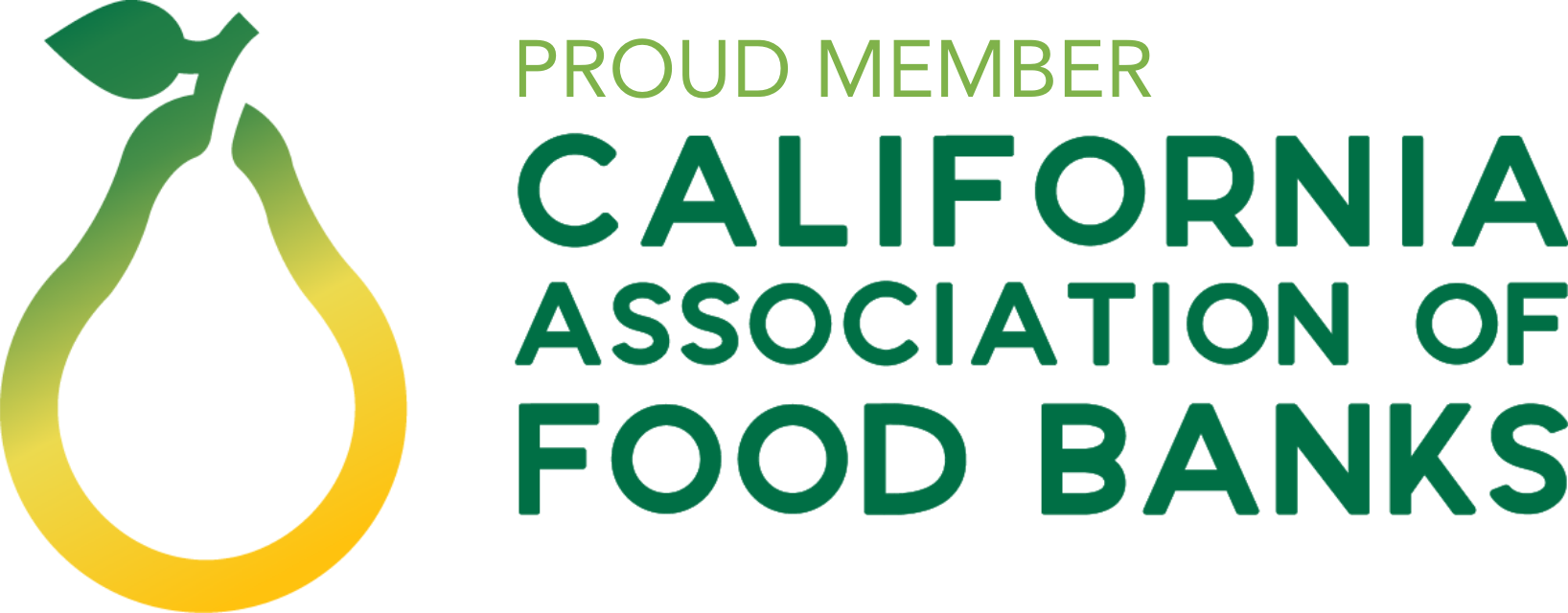The numbers just don’t add up. The cost of everything – and the need for it – is only increasing, which means disposable income is decreasing as people struggle to regain their footing after the pandemic. The result? Many of our neighbors are trying to solve an impossible calculation each month.
The havoc inflicted by inflation on our most vulnerable populations is making headlines and news stories everywhere—the Food Bank of Contra Costa and Solano was even recently featured in a national news story discussing the hardship of single parents.
According to the Bureau of Labor Statistics, the cost of food has increased 10% over the prior 12 months, the largest increase since March 1981. With the cost of living at the highest it has been in 40 years, many emergency benefits have also come to an end. For many families, it feels impossible to keep up.
We hear directly from clients how rising prices force them to make impossible choices at the grocery store, and why they turn to the Food Bank: “I cry to myself because, like today, I didn’t even eat breakfast. I buy spinach, tomatoes, green peppers….$80, just for a little bit of food! Sometimes, I have to eat beans and rice, because I have no money for meat and chicken. I feel like crying because I have nothing to eat—but this helps a lot.” Alehiem, a local senior citizen, is referring to the fresh produce and frozen meat she recently received at a Community Produce Program+ distribution.
The Food Bank, which is currently serving over 270,000 people each month, is unfortunately not immune to the impacts of inflation. Every aspect of our operations, including purchasing food, transporting food, energy for cold storage, costs for fuel and even vehicle maintenance, have seen significant increases.
The fact that we’re already seeing a decrease in food donations, as we approach the traditionally slower giving season, means the Food Bank will need to buy even more food—
at higher prices—to fill the gap and meet the current uptick in demand.
While the waters may be rough, we are committed to navigating our way to sustainable and nourishing solutions for all. The Food Bank relies on the support of our community, including generous donors, corporate partners and government programs, to provide food to our neighbors seven days a week.
If you can support the Food Bank’s efforts during these ever-changing times, your donation will be matched dollar for dollar through May 31 thanks to the 2 Million Meal Challenge, supported by the Behring Global Educational Foundation. Your donation can help us meet our biggest match ever and go twice as far to help our community.




